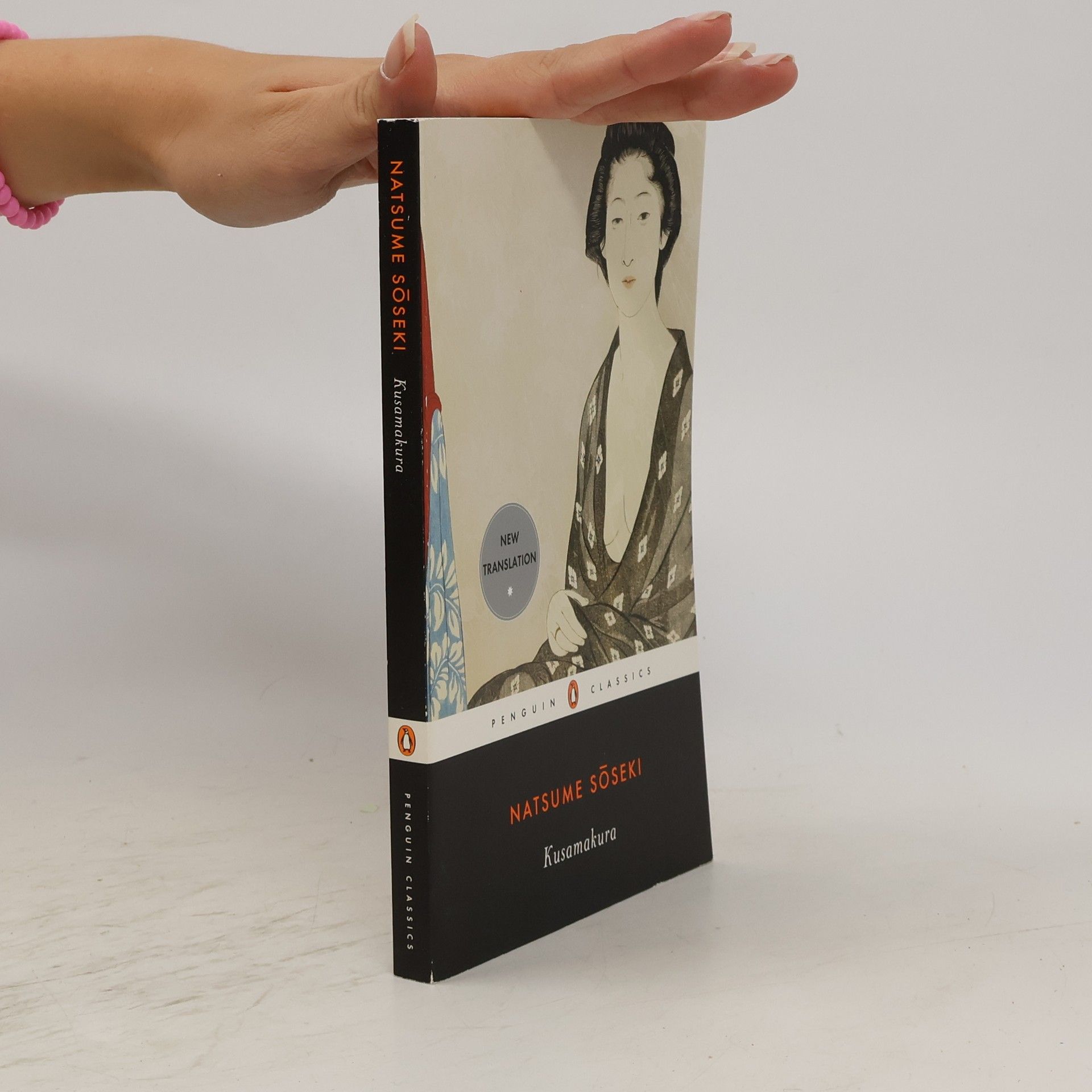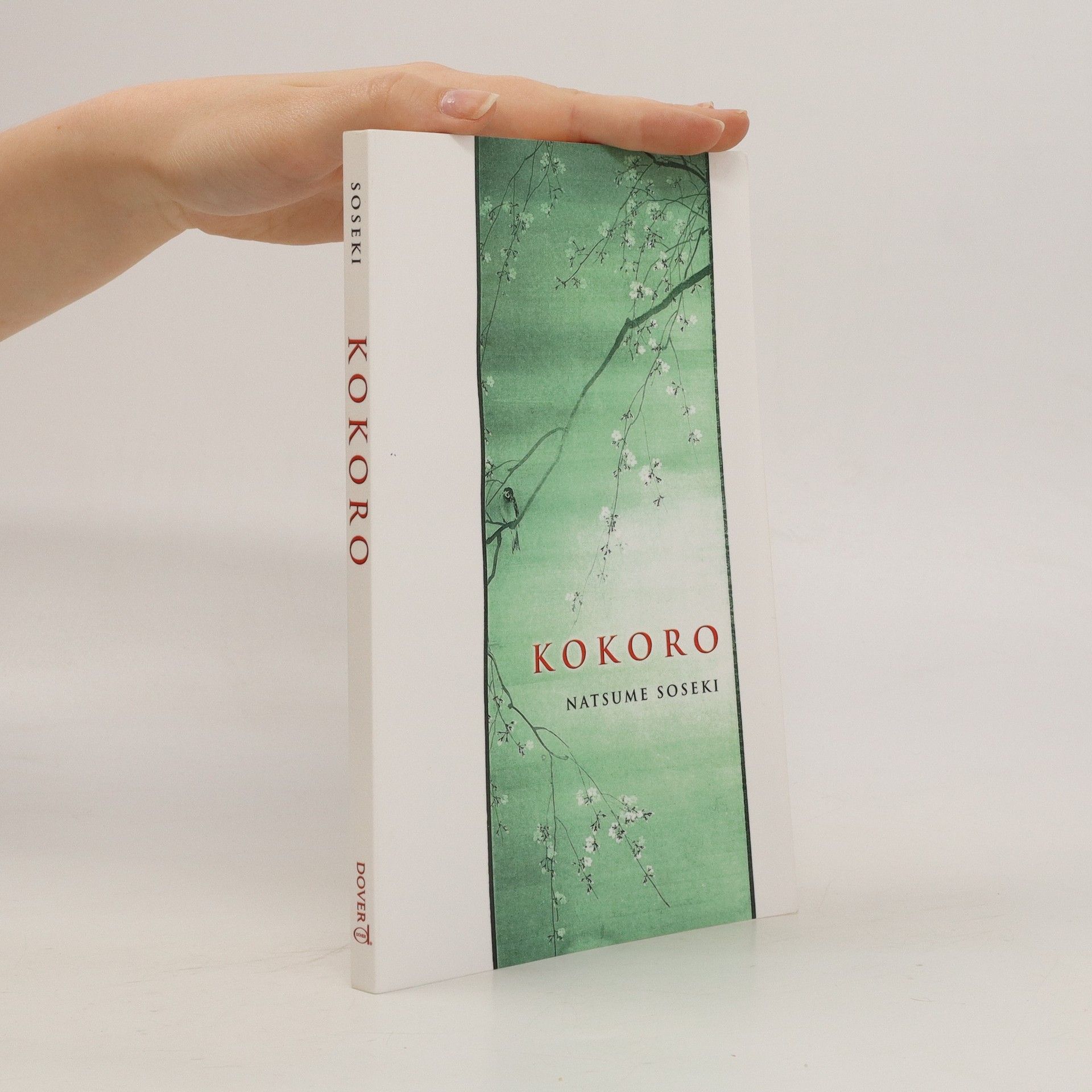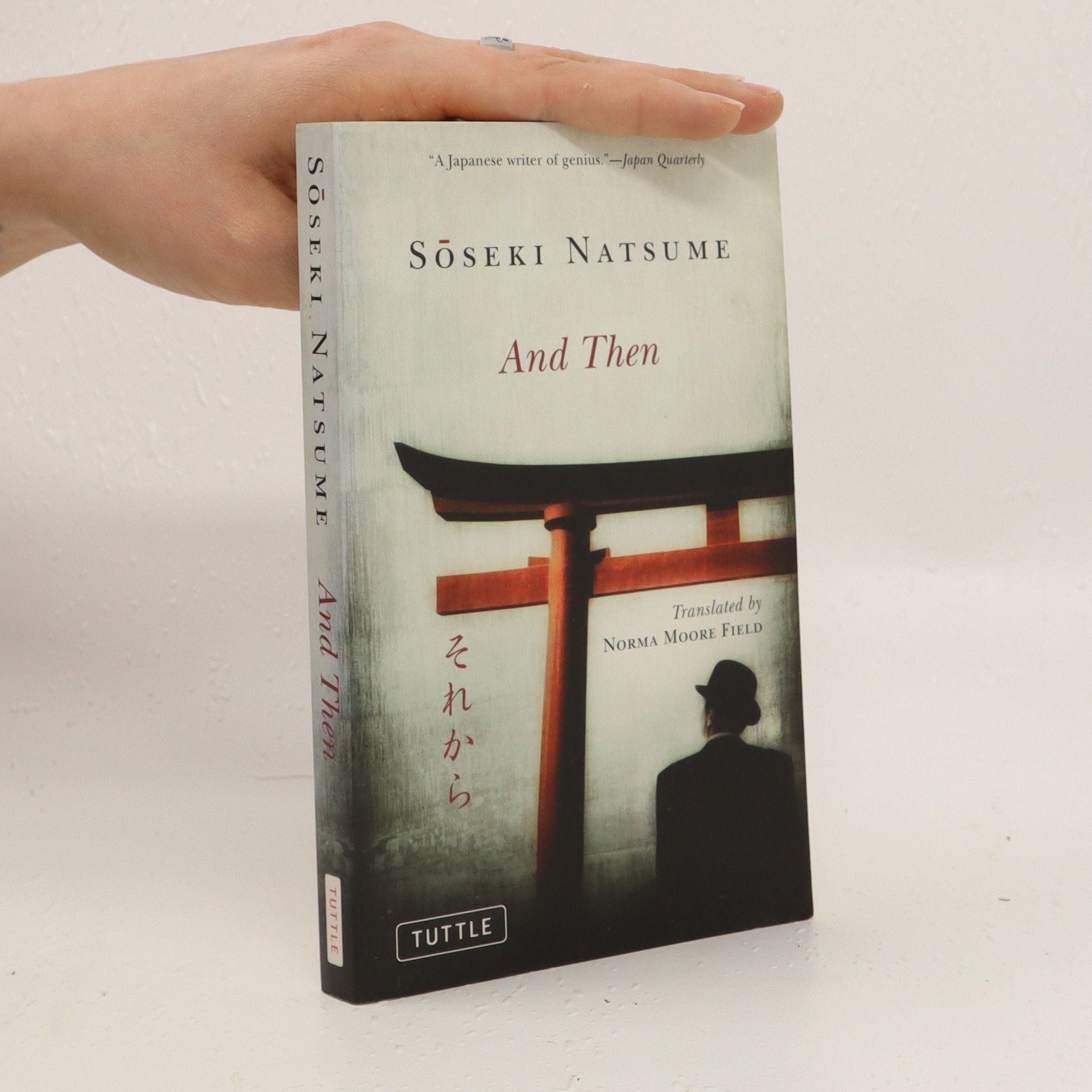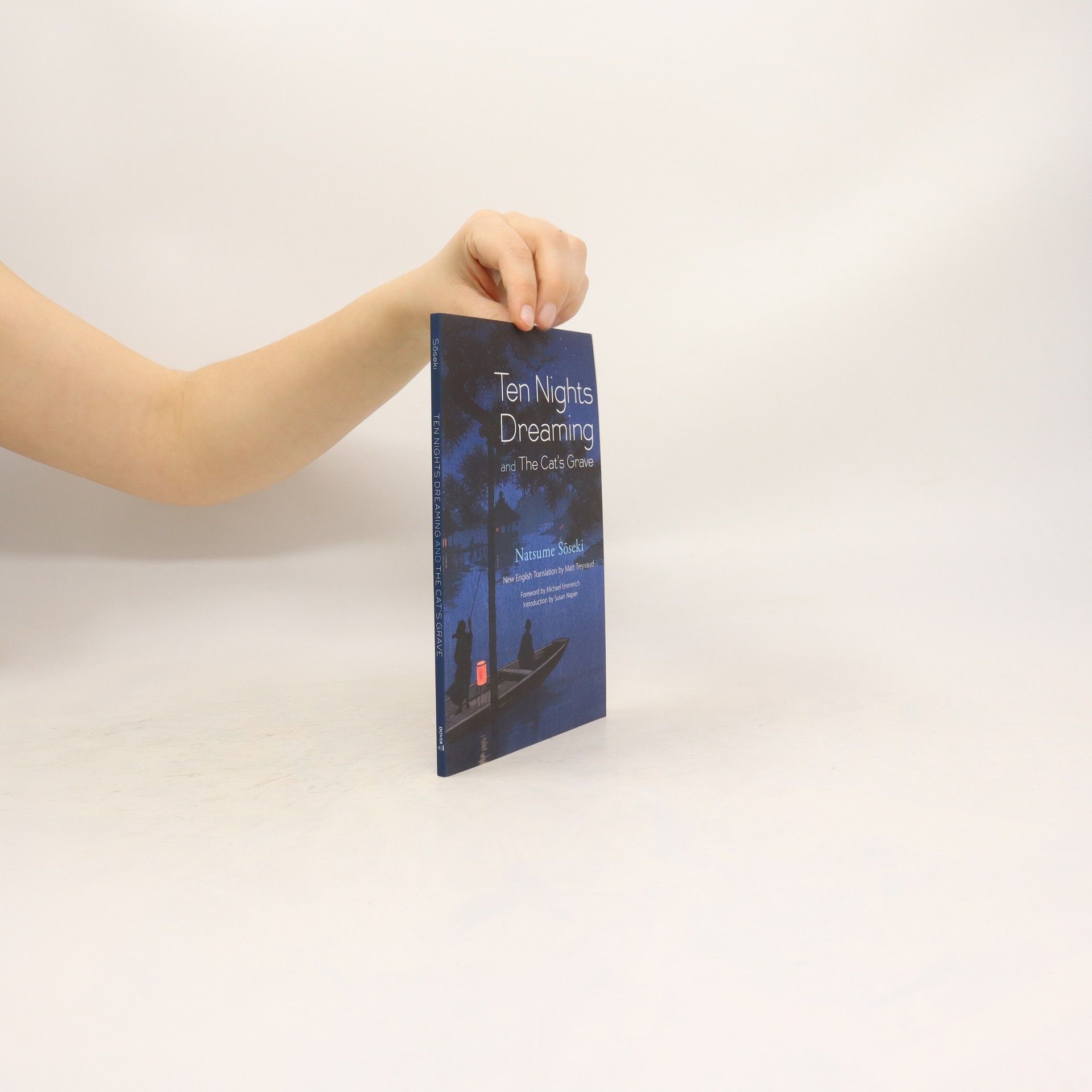Kokoro: (Translated by Edward McClellan)
- 156 pages
- 6 hours of reading
Exploring the themes of loneliness and isolation, this novel delves into the transition from Meiji society to modern Japan. It is structured in three parts, focusing on the narrator's relationship with the reclusive "Sensei," his return home after graduating, and a revealing letter from Sensei that uncovers his deep-seated guilt and loss of faith in humanity. This poignant narrative offers insight into the complexities of human emotions and relationships, making it a significant work by Natsume Soseki.







